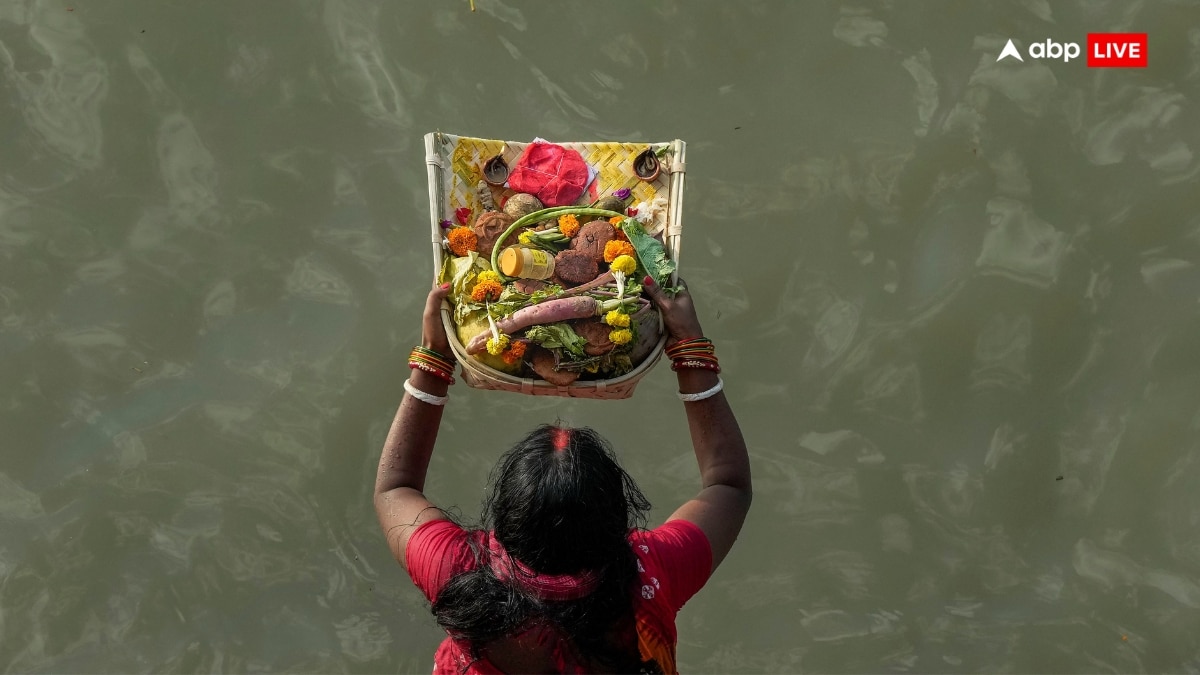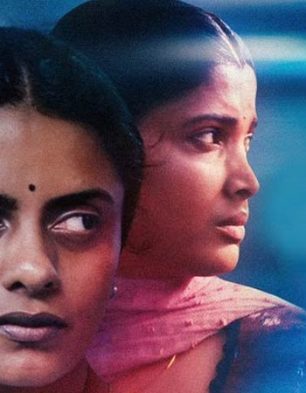
Chhath Puja 2024: Chhath Puja is an ancient Hindu festival widely observed across Bihar, Jharkhand, West Bengal, Madhya Pradesh, and Eastern Uttar Pradesh. The festival, which takes place six days after Diwali, is also celebrated in parts of Nepal and among Indians living abroad. This four-day festival is dedicated to worshiping the Sun God, and His sister Chhathi Maiya.
The 4 Days Of Chhath Festival Chhath, Day 1: The first day is 'Nahay Khay', when women wake up early in the morning to bathe and prepare their homes for the rituals. After worshipping the deities, they partake a 'satvik' meal. The main dishes for Nahay Khay comprise rice, chickpea dal, pumpkin curry, and papad.
Chhath, Day 2: Women keep a fast on the second day, which is 'Kharna' or 'Lohanda', and prepare rice pudding and sweet roti on a clay stove after taking a bath. Chhath, Day 3: On the third day, devotees perform the main rituals in the evening, known as 'Sandhya Arghya', for which they go to a nearby water body, usually a river or a pond. The devotees mandatorily carry a 'soop', a bamboo tray containing a carefully arranged set of ritual items as an offering meant for the Sun God.
Standing waist deep in water, facing the setting Sun, women offer prayers carrying this 'soop'. Chhath, Day 4: The final day is for Usha Arghya, when the fasting women go to the water body again in the early hours and offer prayers in front of the rising sun. They finally break their long fast after completing this ritual.
ALSO READ ON ABP LIVE | Chhath Puja 2024: Know The Significance Of Kharna, Sandhya Arghya, And Usha Arghya What Do You Find On A Typical Chhath Puja 'Soop'? During the evening and morning 'arghya', the fasting women, their family members and other devotees go to rivers, ponds or other water bodies. For offering the 'arghya', the devotees use a decorated 'soop' that is filled with all the items required for the ritual. There is a variety of items that are included in the Chhath Puja 'soop'.
These include: Thekua (made from wheat flour, jaggery, and ghee, which is the main prasad of Chhath) Turmeric and ginger Fruits (such as apples, custard apples, oranges, water chestnuts, and bananas) Full coconut Suthani (a type of fruit that grows underground) Karva (a pot with a spout) Raddish and carrot Sugarcane Nutmeg Satalu Pink or red Arta patt (pooja patta) Sweet potato Big lemon Areca nut Sindoor (vermilion) Incense sticks Betel leaves Diya with ghee Flowers Milk Red rice Red or yellow cloth (to tie the soup) Each item in the 'soop' has a symbolic meaning tied to fertility, prosperity, and the well-being of the family. The Chhath festival typically takes place in the month of Kartika, during October or November month of the Gregorian calendar. This year, Chhath is being celebrated from November 5-8.
[Disclaimer: The content of this article is based solely on beliefs, and should be taken as general guidance. Individual experiences may vary. ABPLive.
com does not assert the accuracy or validity of any claims or information presented. It is strongly recommended to consult a qualified expert before considering or implementing any information or belief discussed herein.].














